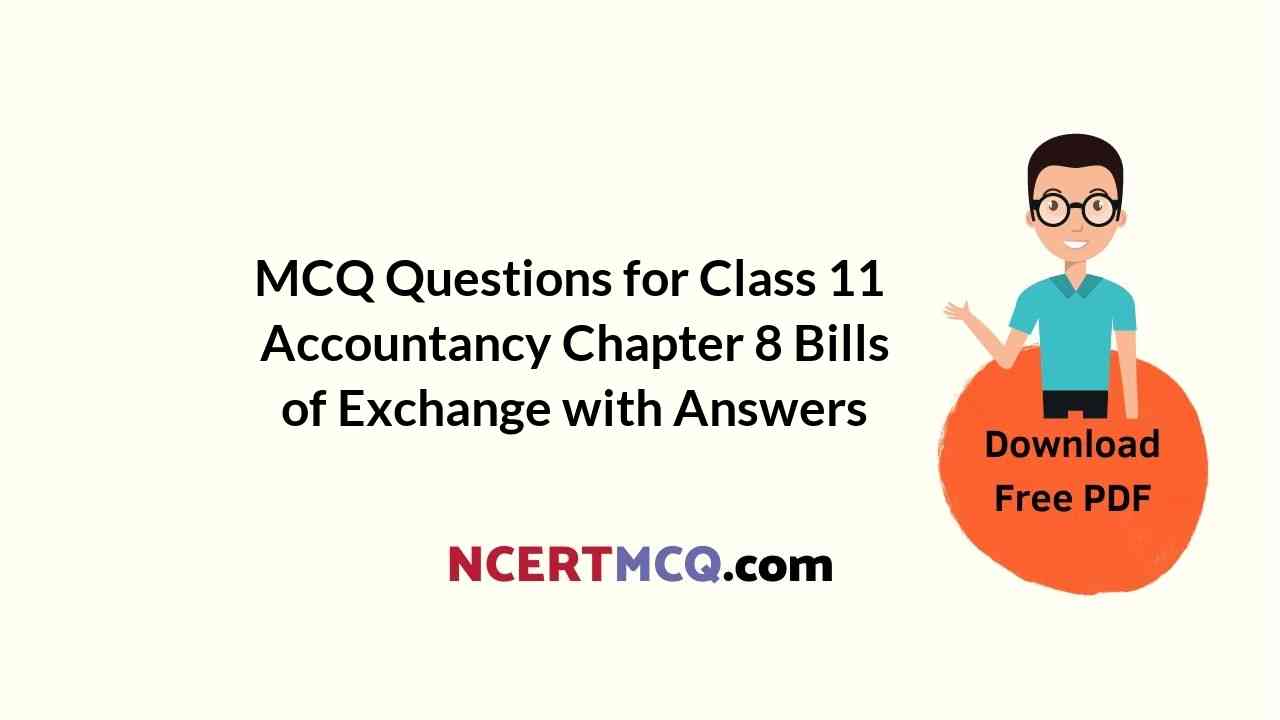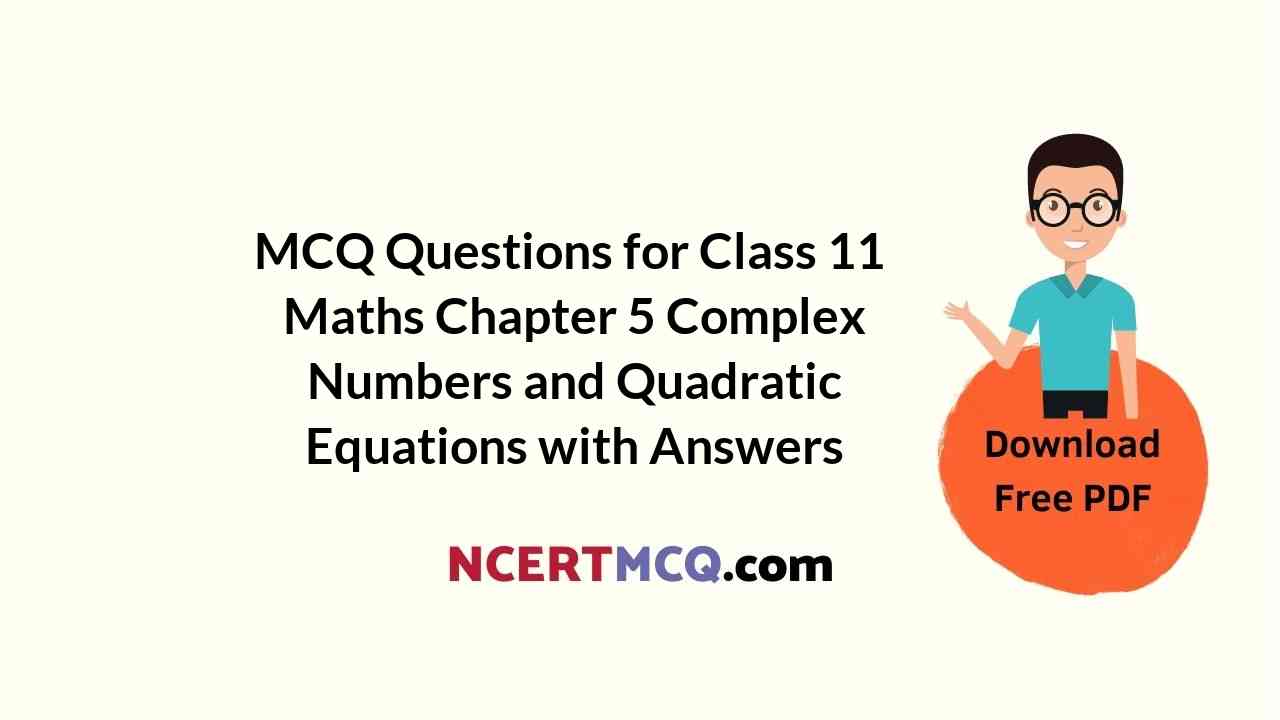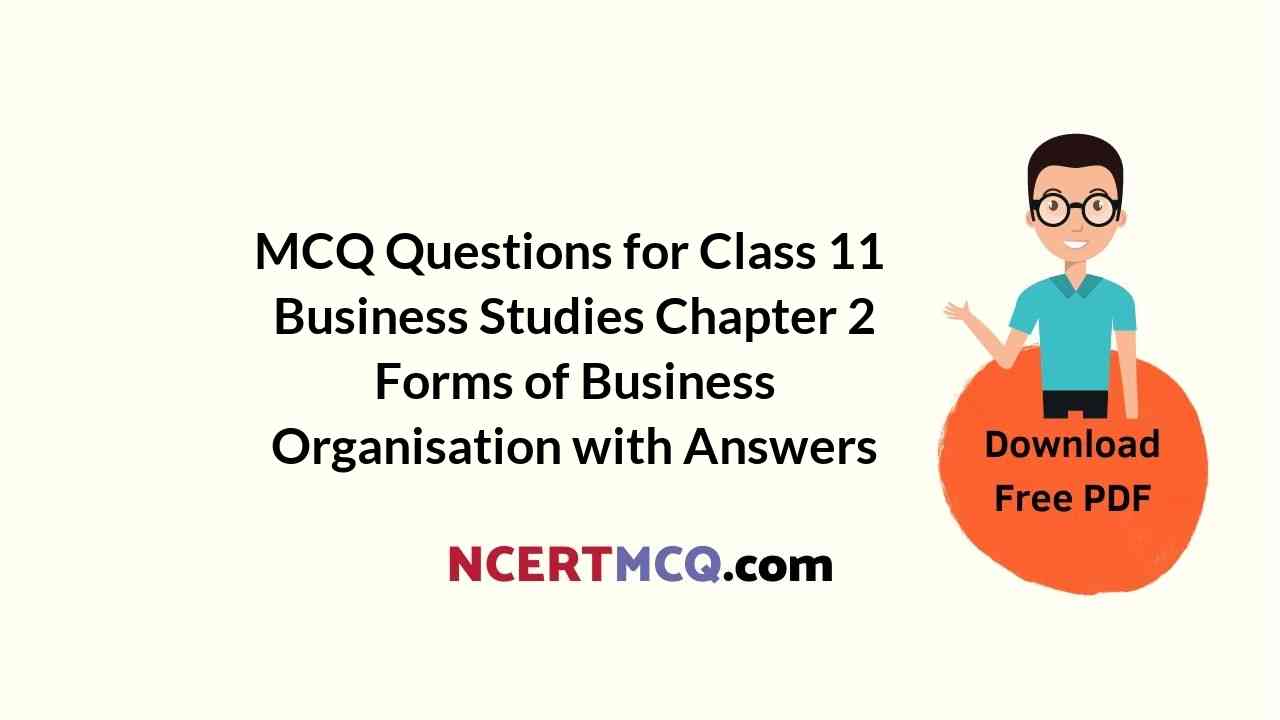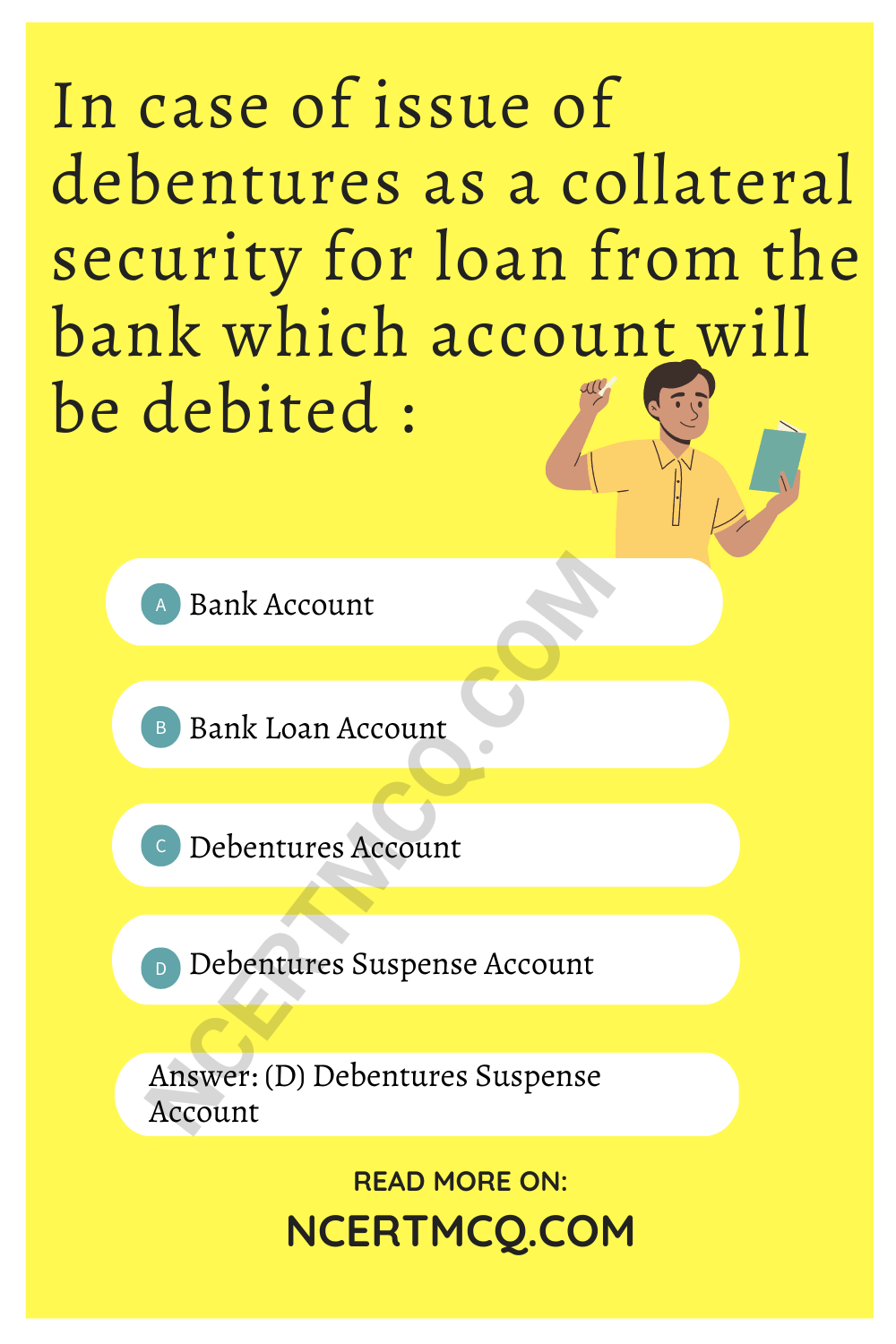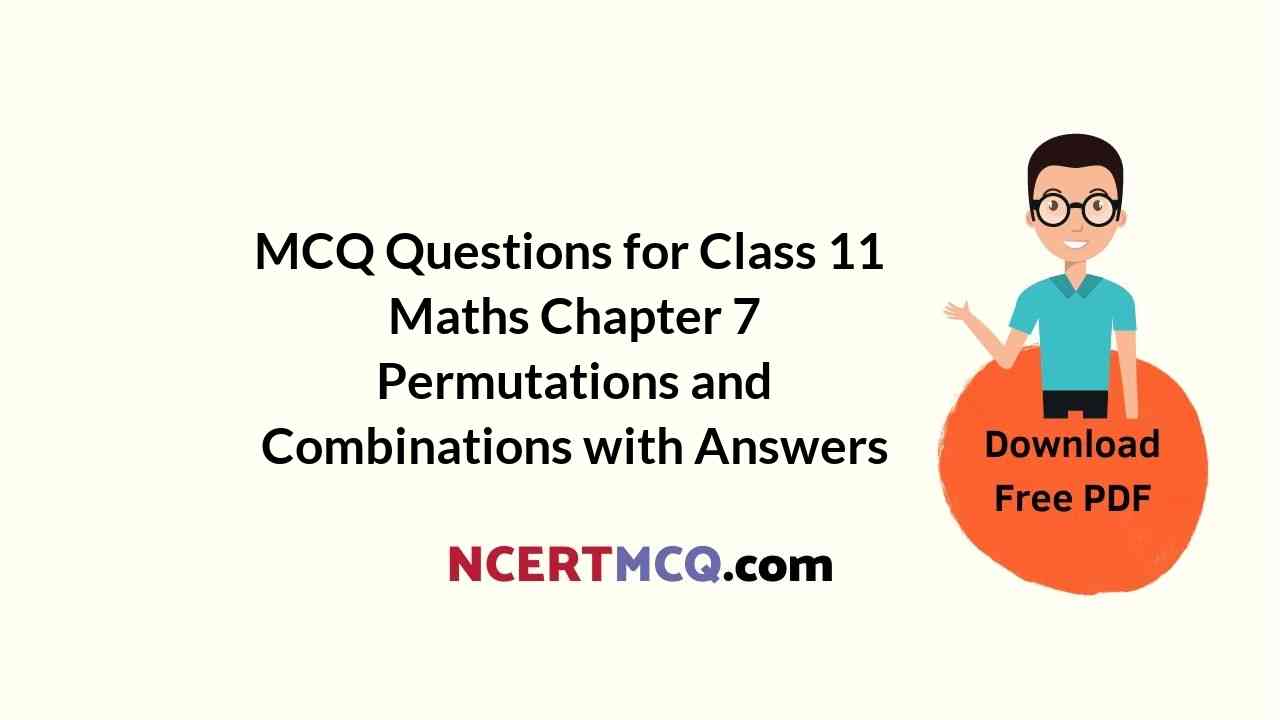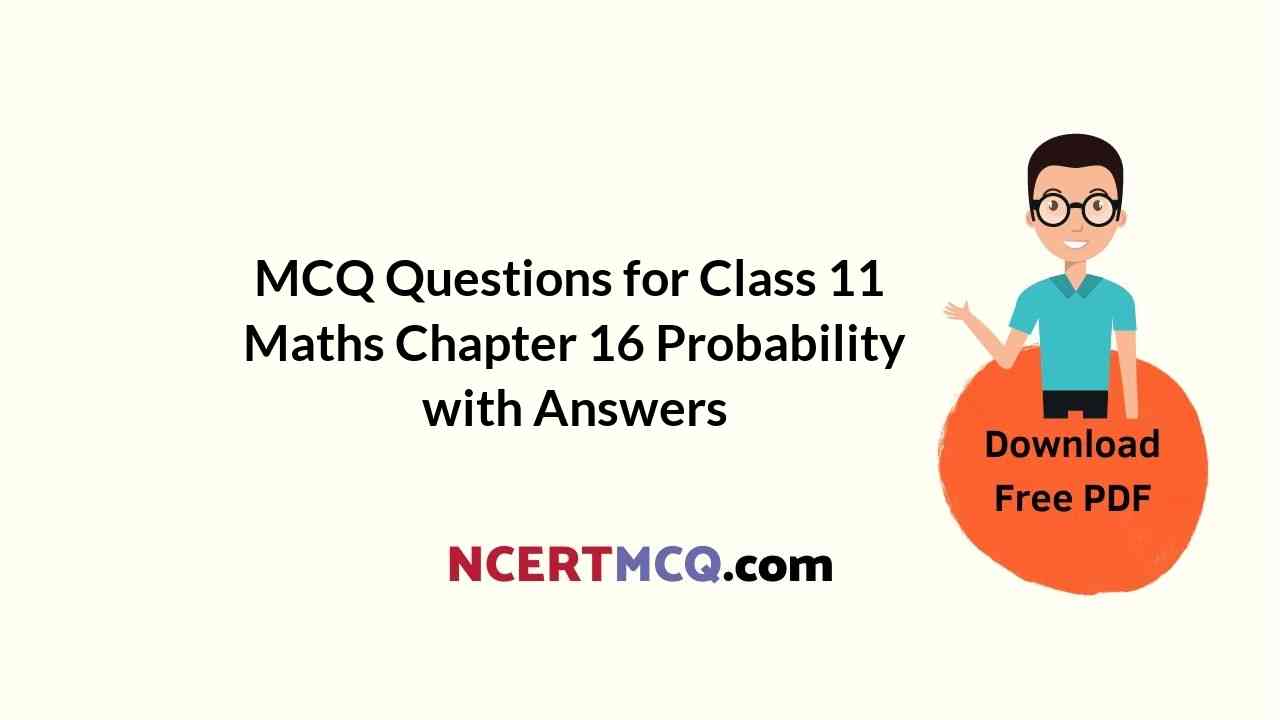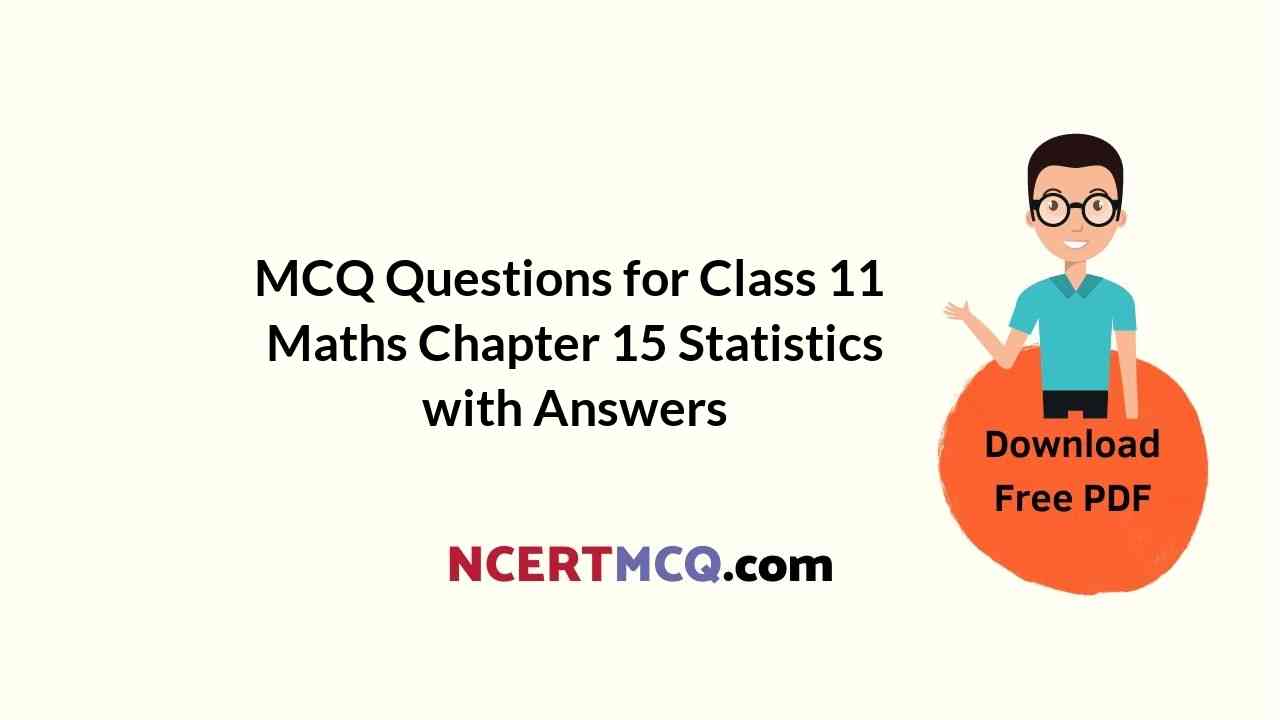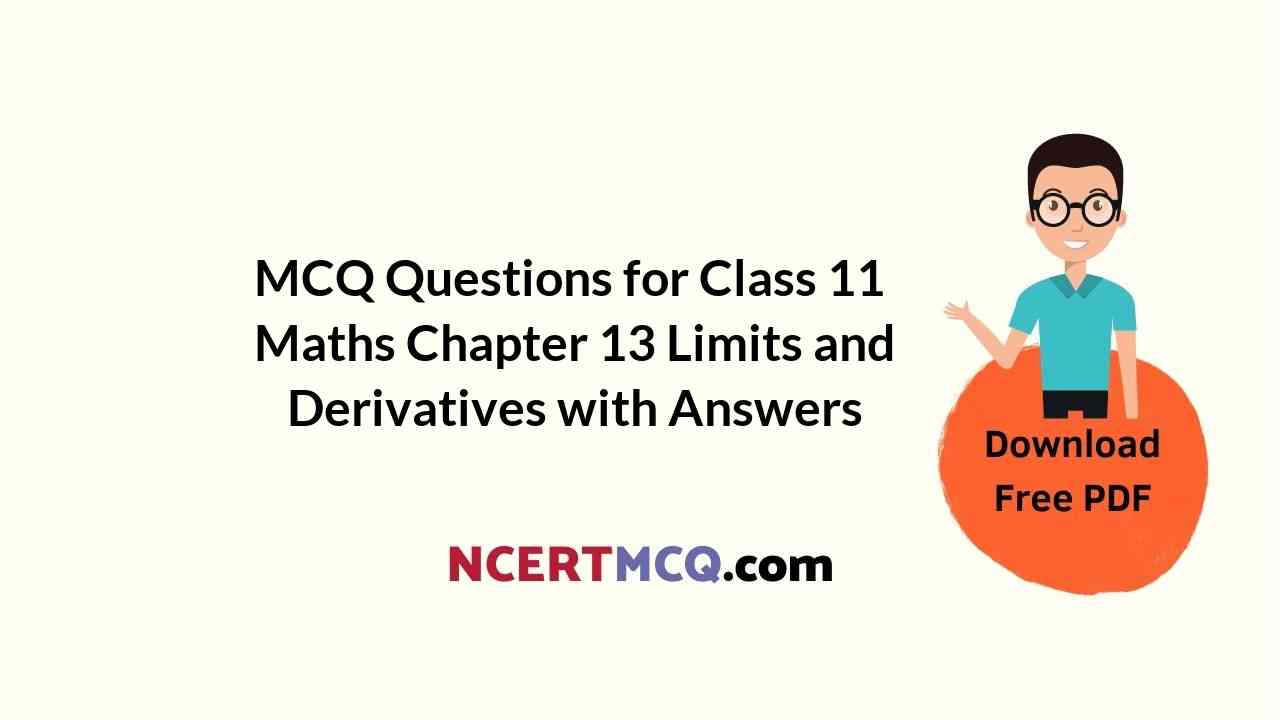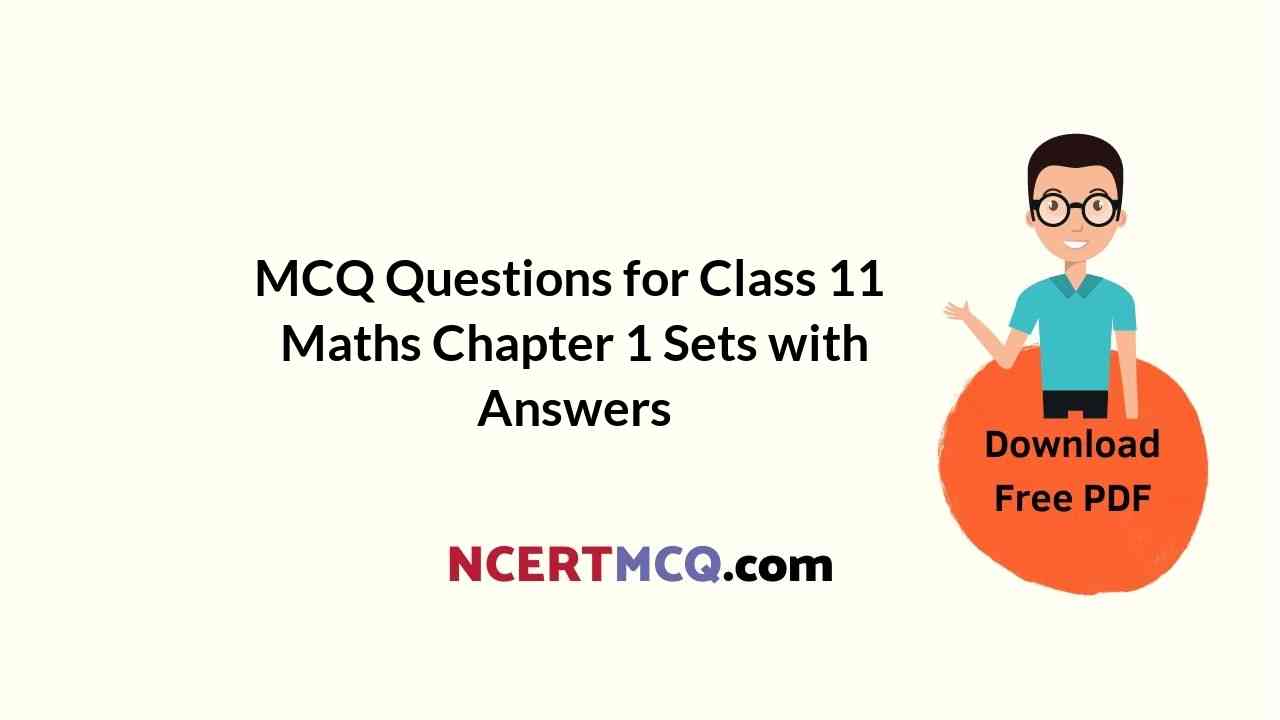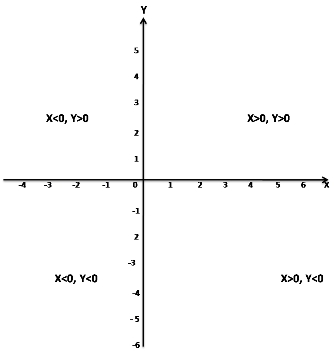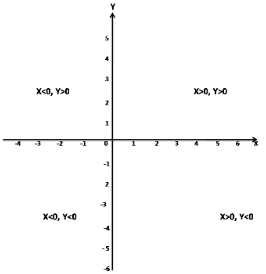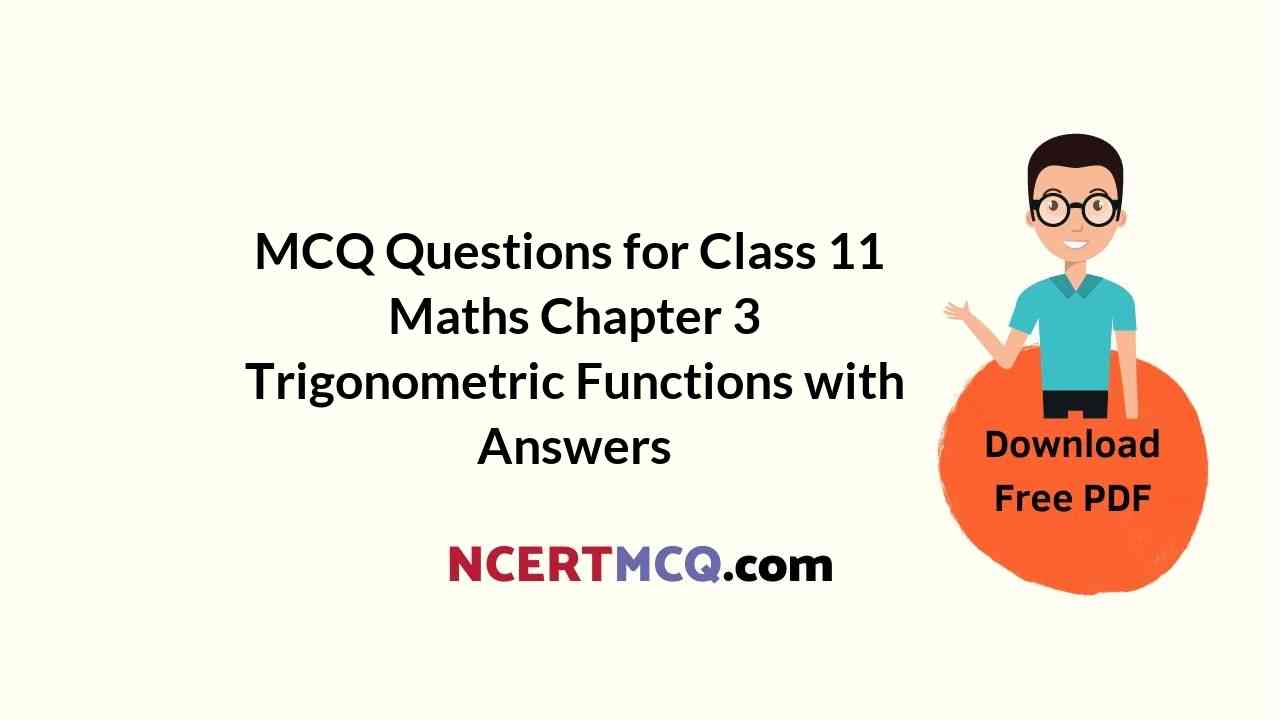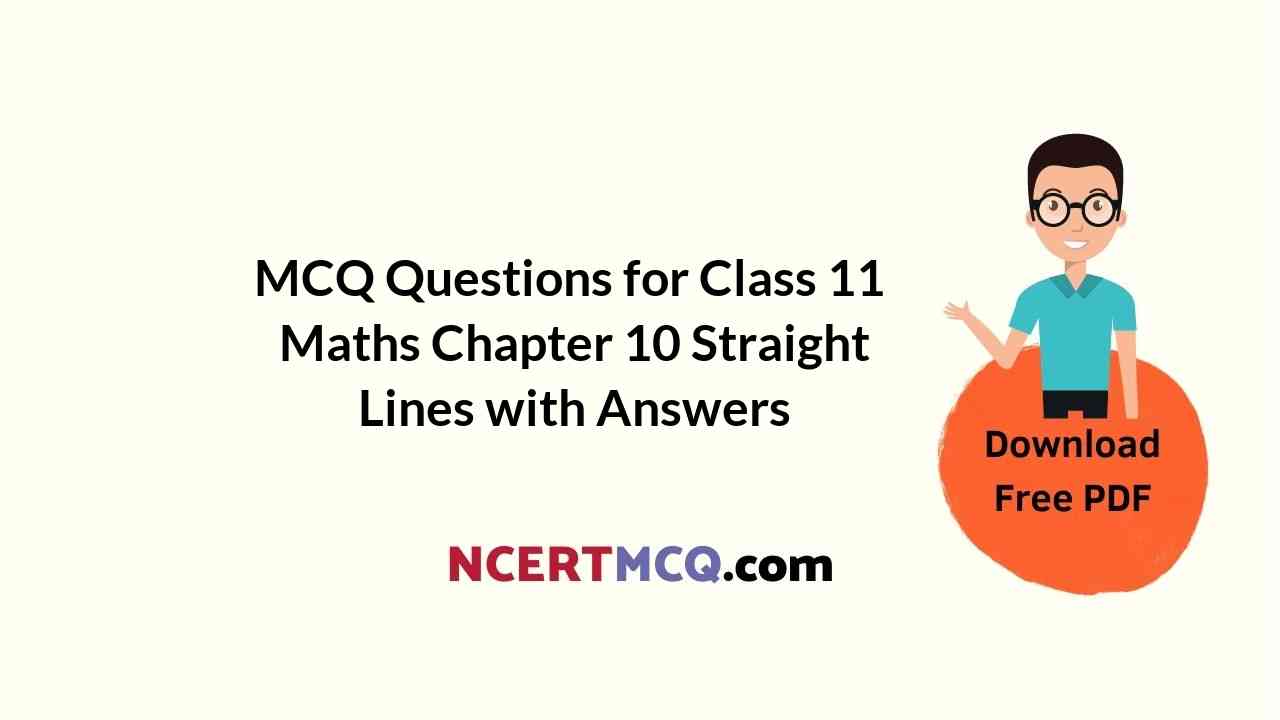Check the below Online Education NCERT MCQ Questions for Class 11 Accountancy Chapter 8 Bills of Exchange with Answers Pdf free download. MCQ Questions for Class 11 Accountancy with Answers were prepared based on the latest exam pattern. We have provided Bills of Exchange Class 11 Accountancy MCQs Questions with Answers to help students understand the concept very well.
Class 11 Accountancy Chapter 8 Bills of Exchange MCQ With Answers
Accountancy Class 11 Chapter 8 MCQs On Bills of Exchange
Bill Of Exchange MCQ Chapter 8 Question 1.
On dishonor of a discounted bill whom does the bank look for payment
(a) Drawer
(b) Drawee
(c) Endorser
(d) Payee
Answer
Answer: (a) Drawer
Bills Of Exchange MCQ Chapter 8 Question 2.
The act for signing by the drawer on the book of the instruments for the purpose of transfer
(a) Acceptance of bill
(b) Cheque
(c) Endorsement
(d) Bill
Answer
Answer: (c) Endorsement
Bills Of Exchange Class 11 MCQ Chapter 8 Question 3.
Which balance is shown by a B/R Book
(a) Credit
(b) None
(c) Both
(d) Debit
Answer
Answer: (d) Debit
MCQ On Bills Of Exchange Chapter 8 Question 4.
On whom the trade bill drawn
(a) Seller
(b) Creditor
(c) Debtor
(d) Owner
Answer
Answer: (c) Debtor
MCQ On Bills Of Exchange Class 11 Chapter 8 Question 5.
The party who is entitled to receive the cash of a bill receivable is called
(a) Drawer
(b) Drawee
(c) Capitalist
(d) Bank
Answer
Answer: (a) Drawer
MCQ On Bill Of Exchange Chapter 8 Question 6.
Discounting Charges =
(a) Amount of Bill Discounted × Rate × Unexpired Period
(b) Amount of Bill Discounted × Rate / Unexpired Period
(c) Amount of Bill Discounted × Rate + Unexpired Period
(d) Amount of Bill Discounted + Rate × Unexpired Period
Answer
Answer: (d) Amount of Bill Discounted + Rate × Unexpired Period
A Bill Of Exchange Includes MCQ Chapter 8 Question 7.
According to Negotiable Instrument Act, 1881, which of the following refers to “an instrument in writing (not being a bank note or a currency note) containing unconditional undertaking, signed by the maker to pay on demand or at a fixed or determinable future time a certain sum of money only to or to the order of a certain person, or to the bearer of the instrument”?
(a) Promissory note
(b) Bearer debentures
(c) Cheque
(d) Bill of exchange
Answer
Answer: (d) Bill of exchange
Bill Of Exchange Class 11 MCQ Chapter 8 Question 8.
If the due date is public holiday what will be the due date of the bill
(a) Preceding day
(b) Following day
(c) The same day
(d) After two days
Answer
Answer: (a) Preceding day
Bills Of Exchange MCQs Class 11 Chapter 8 Question 9.
Fee paid in cash to Notary Public is charged by
(a) Holder of bill of exchange
(b) Drawee
(c) Drawer
(d) None
Answer
Answer: (a) Holder of bill of exchange
Question 10.
Kamal draws a bill on Sahil for Rs.3000. Kamal endorsed it to Rohan. Rohan endorsed it to Rakesh. The payee of the bill will be
(a) Kamal
(b) Rakesh
(c) Sahil
(d) Rohan
Answer
Answer: (b) Rakesh
Question 11.
Noting charges are paid by the ___ but these are recordable from the ____
(a) Drawer, Drawer
(b) Drawer, Drawee
(c) Drawee, Drawer
(d) Drawee, Drawee
Answer
Answer: (c) Drawee, Drawer
Question 12.
Person to whom the bill is endorsed called ____
(a) Endorsement
(b) Endorser
(c) Endorsee
(d) None
Answer
Answer: (b) Endorser
Question 13.
What are the parties to a bill of exchange
(a) Drawee, Drawer, Payee
(b) Drawee, Drawer, Debtor
(c) Payer, Drawee, Drawer
(d) Drawee, Drawer, Creditor
Answer
Answer: (a) Drawee, Drawer, Payee
Question 14.
Which bill is not allowed 3 days of grace
(a) Bill at the time of due date
(b) Bill at sight
(c) Bill after due date
(d) Bill before due date
Answer
Answer: (b) Bill at sight
Question 15.
The purpose of accommodation bill is :
(a) To finance actual purchase
(b) When both parties are in need of funds
(c) To facilitate trade transmission
(d) None
Answer
Answer: (b) When both parties are in need of funds
Question 16.
It is a period of time after which a bill becomes payable?
(a) Grace days
(b) Maturity
(c) Usance
(d) Tenor
Answer
Answer: (d) Tenor
Question 17.
If the drawer is in need of money and cannot wait till due date and receive the money form bank is called?
(a) Endorsement of bill
(b) Discounting of bill
(c) Retirement of bill
(d) Dishonor of bill
Answer
Answer: (b) Discounting of bill
Question 18.
In case if endorsement of bill the endorser debits?
(a) Creditor account
(b) Cash account
(c) Bill receivable account
(d) Bill payable account
Answer
Answer: (a) Creditor account
Question 19.
Which of the following is not true?
(a) There is no difference in appearance between trade and accommodation bill
(b) A bill of exchange must be accepted
(c) Drawee is maker of a bill
(d) Accommodation bill is for an imaginary transaction
Answer
Answer: (c) Drawee is maker of a bill
Question 20.
When an acceptor refuses to pay the amount of bill to the holder of bill on its maturity is called?
(a) Honored bill
(b) Dishonored bill
(c) Retired bill
(d) Endorsed bill
Answer
Answer: (b) Dishonored bill
Question 21.
A bill of exchange is an?
(a) A promise
(b) Unconditional order
(c) A request
(d) A order
Answer
Answer: (b) Unconditional order
Question 22.
A person who writes out the order to pay is called?
(a) Drawer
(b) Acceptor
(c) Payee
(d) Drawee
Answer
Answer: (a) Drawer
Question 23.
When a drawer discounts the bill, he gets?
(a) More than face value
(b) Less than face value
(c) Equal to face value
(d) None of above
Answer
Answer: (b) Less than face value
Question 24.
In case of term bill extra three days are given to acceptor are called?
(a) Days of bill payable
(b) Days if bill receivable
(c) Days of grace
(d) Days of tenor
Answer
Answer: (c) Days of grace
Question 25.
How many parties are involved in case of discounting of bill?
(a) Two
(b) Three
(c) Four
(d) Unlimited
Answer
Answer: (a) Two
Question 26.
Bill of Exchange has parties :
(a) 6
(b) 2
(c) 3
(d) 4
Answer
Answer: (c) 3
Explanation:
A bill of exchange consist of three parties namely:
(i) Drawer
(ii) Drawee
(iii) Payee.
Question 27.
The party which is ordered to pay the amount of bill of exchange is called :
(a) Drawee
(b) Payee
(c) Drawer
(d) None of these
Answer
Answer: (a) Drawee
Explanation:
The party upon whom the bill is drawn is called the drawee. He is the person to whom the bill is addressed and who is ordered to pay. He becomes an acceptor when he indicates his willingness to pay the bill.
Question 28.
The party which is entitled to receive the payment of bill of exchange is known as :
(a) Drawer
(b) Payee
(c) Drawee
(d) None of these
Answer
Answer: (b) Payee
Explanation:
A person to whom money is paid or is to be paid, especially the person to whom a cheque is made payable. A payee is a party in an exchange who receives payment. The payee is paid by cash, check, or another transfer medium by a payer.
The drawee is the party that pays the sum specified by the bill of exchange. The drawer is the party that obliges the drawee to pay the payee. The drawer and the payee are the same entity unless the drawer transfers the bill of exchange to a third-party payee.
So, payee is the correct option.
Question 29.
Due date of a bill of exchange drawn on 30th January, 2011 for one month will be :
(a) 5 Mar
(b) 3 Mar
(c) 29 Feb
(d) 4 Mar
Answer
Answer: (b) 3 Mar
Explanation:
Due date of a bill is only after the given period (in this case one month ) plus three days of grace . So the bill will be paid only after 1 month and 3 days i.e. on 3rd march.
Question 30.
The promissory note should be signed by
(a) Payee
(b) Drawee
(c) Drawer
(d) Promiser
Answer
Answer: (d) Promiser
Explanation:
Promissory Notes: A negotiable instrument is a document in writing. It is signed by a certain person who promises to pay another person a fixed sum of money on a fixed date.
Question 31.
On dishonor of a discounted bill who does the bank look for payment?
(a) Drawer
(b) Payee
(c) Endorser
(d) None
Answer
Answer: (a) Drawer
Explanation:
Drawer (the person who had received B/R) because he had discounted the bill from the bank and now he’s liable for it’s dishonour. But later he can claim this amount from drawee.
Question 32.
While calculating the due date of the bill, how many days are added to the period of the bill :
(a) 4 days
(b) 3 days
(c) 5 days
(d) Neither of these
Answer
Answer: (b) 3 days
Explanation:
3 days of grace are added to the period of bill while calculating the due date of the bill.
Question 33.
Encashing the bill before the date of its maturity is called :
(a) Dishonour of Bill
(b) Retirement of Bill
(c) Discounting of Bill
(d) Endorsement of Bill
Answer
Answer: (c) Discounting of Bill
Explanation:
When we encash a bill before it’s maturity, it’s generally discounted with bank, bank charges some discounting charges and thus the process is known as discounting of bill.
Question 34.
A bill of exchange renewed generally at the request of
(a) Drawee
(b) Bank
(c) Drawer
(d) None
Answer
Answer: (a) Drawee
Explanation:
When drawer want their money and drawee is not in the position to pay his money, then he wants some time to pay his money and so he requests to make a new bill to drawer.
Question 35.
A bill of exchange can not be
(a) Endorsed
(b) Accepted
(c) Refused
(d) Crossed
Answer
Answer: (c) Refused
Explanation:
A bill of exchange is a document used in transactions that orders the payer to pay a certain amount of money to the payee. It is a guarantee of payment on demand or on a specified date, and it cannot be refused or cancelled, like a check.
We hope the given NCERT MCQ Questions for Class 11 Accountancy Chapter 8 Bills of Exchange with Answers Pdf free download will help you. If you have any queries regarding CBSE Class 11 Accountancy Bills of Exchange MCQs Multiple Choice Questions with Answers, drop a comment below and we will get back to you soon.
Class 11 Accountancy With Answers MCQ:
- Introduction to Accounting Class 11 MCQ
- Theory Base of Accounting Class 11 MCQ
- Recording of Transactions 1 Class 11 MCQ
- Recording of Transactions 2 Class 11 MCQ
- Bank Reconciliation Statement Class 11 MCQ
- Trial Balance and Rectification of Errors Class 11 MCQ
- Depreciation, Provisions and Reserves Class 11 MCQ
- Bills of Exchange Class 11 MCQ
- Financial Statements 1 Class 11 MCQ
- Financial Statements 2 Class 11 MCQ
- Accounts from Incomplete Records Class 11 MCQ
- Applications of Computers in Accounting Class 11 MCQ
- Computerised Accounting System Class 11 MCQ
- Structuring Database for Accounting Class 11 MCQ
- Accounting System Using Database Management System Class 11 MCQ
